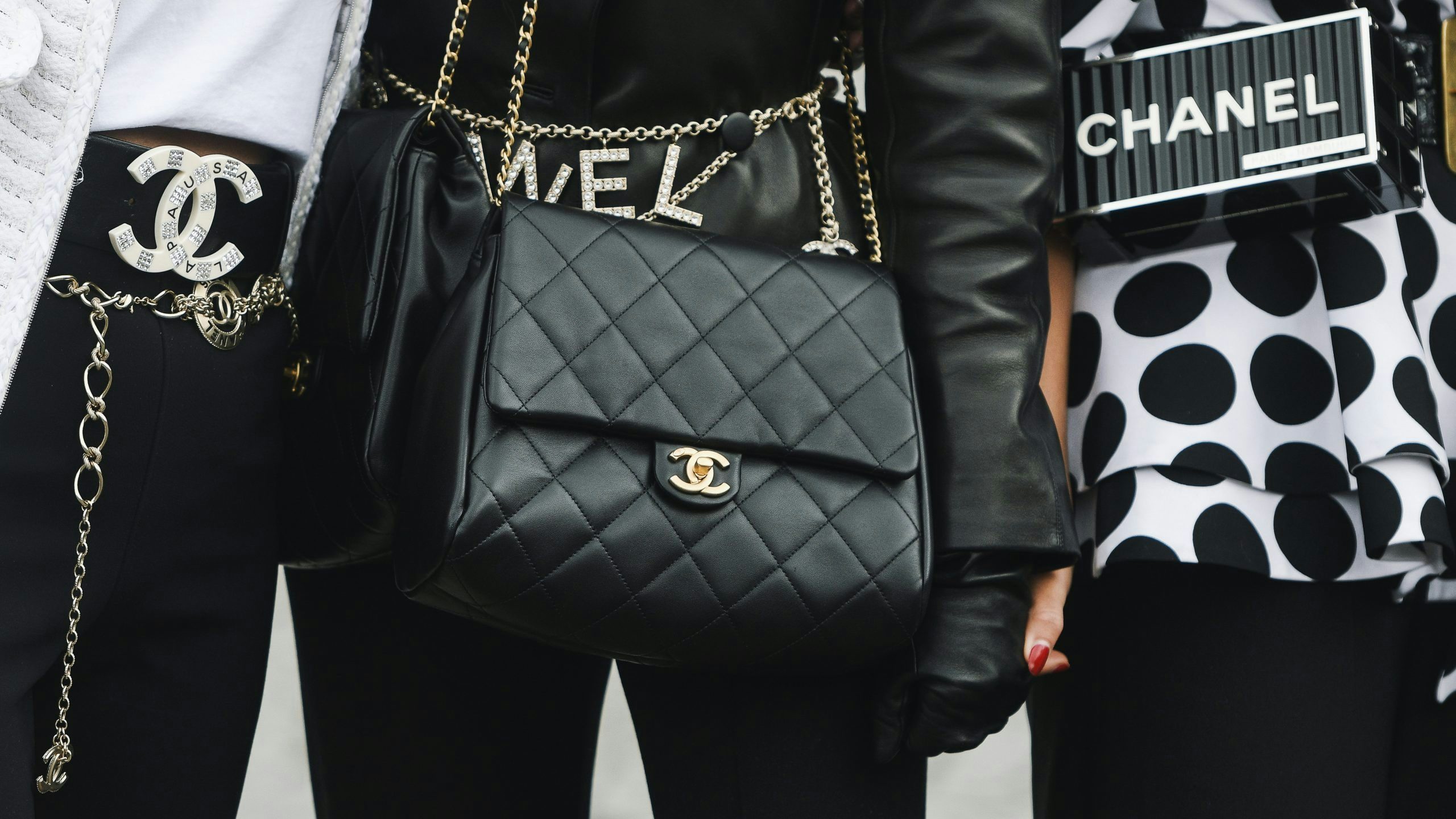Saying that luxury is synonymous with innovation might sound odd at first. After all, many define luxury with words like “status,” “fine materials,” and “expensive.” But not so fast! Luxury is, first and foremost, the ability to create extreme value for customers. The price of a luxury object is a reflection of its value. So without extreme value creation, one cannot price or sell a luxury item. It’s that simple.
Now let’s take a closer look. What exactly drives extreme value for people? One critical driver is the desire to be inspired. Luxury is the realization of a dream, a moment of experiencing pure emotion uniquely, and a once-in-a-lifetime experience. The more special, personalized, and difficult to attain a luxury moment becomes, the greater aspirations for it will be (and its value will go up.)
But there is a catch with once-in-a-lifetime experiences. Next time, that same experience is no longer unique. It becomes expected. That doesn’t mean that’s the end of extreme value — after all, we love a certain amount of routine and familiarity. However, when experiences become similar, expected, and familiar, we start to crave them less. They create less desire and less emotion. What’s missing is the element of surprise.
That is why I sometimes call luxury management the art of perpetual surprise creation. Sustaining extreme value creation depends on innovating, acting as an agent of change, and being a brand that is seen as intriguing, exhilarating, and inspiring. Christian Dior achieves this masterfully. Gucci’s growth has widely been credited to the brand’s consistent ability to disrupt and innovate. Its artistic director, Virgil Abloh, has made creations for Louis Vuitton that disrupt, polarize, and inspire.
Many brands start out being innovative. They are launched because the founders have a particular passion for something, and they try to do things differently at first. In other words, they inspire. But, over time, brands tend to fall back into a defensive mode.
As brands grow, many of them fall into the trap of playing it safe, and they start to defend their businesses. They stop playing to win, become more cautious, and innovate less. The focus shifts from inspiring to guarding, and this proves fatal in practically all cases, but especially in luxury. Customers in search of inspiration will move on to the next brand when the brands that previously inspired become passive. The result? At first, growth rates falter, then brands stagnate, and then they decline fast.
The luxury car sector is a great example. Tesla entered it less than a decade ago with the electric Model S sedan and the Model X SUV, with both cars exceeding six-figure price points for their performance versions. The level of innovation these cars brought to the luxury car segment was unprecedented, offering acceleration that put all other incumbent competitors into a league of slow automobiles (even if, by old standards, they were fast.) The company also innovated zero-emission standards, partial self-driving capabilities, a revolutionary touch screen, a proprietary network allowing an end-to-end brand experience, a direct-to-consumer retail approach eliminating dealers/discounts, and a radically simplified and modern in-car experience.
Although the Model S was launched eight years ago, the Porsche Taycan is the only brand that launched a serious competitor. However, it’s still unable to beat the Model S in most core specs — and at almost double the price. More importantly, hardly anything the Taycan offers is innovative, disruptive, or game-changing. Even Porsche, the icon of sports cars, is barely able to play catch-up.
Other car companies are in an even worse position. Neither BMW, Audi, nor Mercedes has a car that can even closely compete with Tesla. Mercedes just launched the latest version of its brand-defining S-Class. The S-Class used to be the undisputed automotive innovation leader. But the new S-Class merely imitates Tesla’s eight-year-old UX but does not set the bar with any new functions. The first new Mercedes with its large touchscreen is merely following Tesla’s lead. It offers refinement but not innovation. And it’s not electric, which widens the gap between Tesla and Mercedes even more.
The new S-Class will probably sell well among die-hard brand enthusiasts. But the brand’s rapidly declining market shares and shrinking profit margins indicate that the exodus of progressive, inspiration-seeking customers has already begun. BMW and Audi are in no better shape, and their flagship models have stayed the same for years, so their ability to inspire has long faded.
Tesla’s market capitalization now exceeds that of all German car brands combined. That is somewhat due to the way it disrupted the industry and dethroned the incumbents in innovation, inspiration, and aspiration. Many critics argue that incumbents still offer more luxurious interiors, but history shows that this is not enough. In luxury, following — no matter how quickly — won’t create extreme value. It does not inspire. When brands become predictable and lose the element of surprise, their customers move on. Big screens will not save the S-Class, but a return to leading in innovation and inspiration would. Incumbent car CEOs should be worried and must step up their game.
Daniel Langer is CEO of the luxury, lifestyle and consumer brand strategy firm Équité, and the professor of luxury strategy and extreme value creation at Pepperdine University in Malibu, California. He consults some of the leading luxury brands in the world, is the author of several luxury management books, a global keynote speaker, and holds luxury masterclasses in Europe, the USA, and Asia. Follow @drlanger


